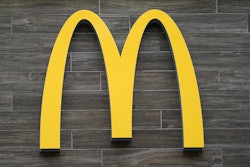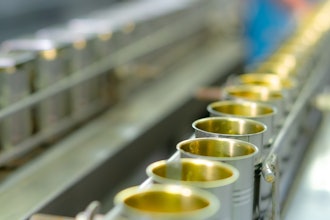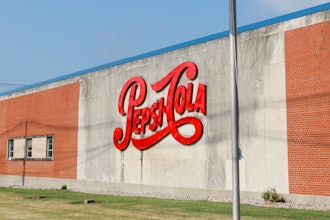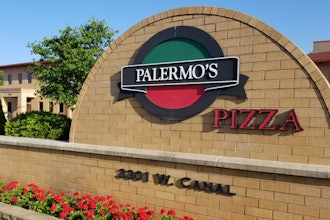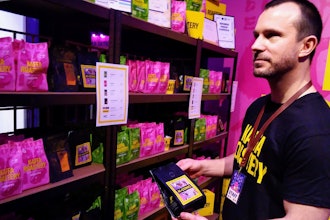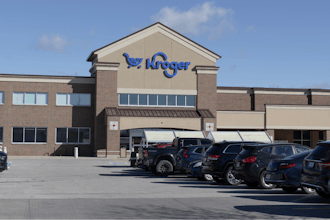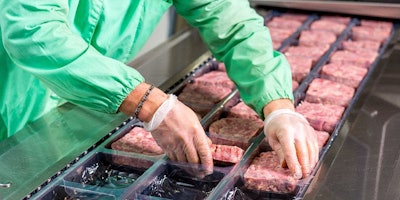
Do you know what’s happening in your meat processing plant after hours? On weekends? Do your employees know how to check to make sure that perishable food at your facility is kept at the right temperature at all times? Do they know what actions to take if they notice a non-standard temperature reading or a failure to meet a critical control point?
If you’re responsible for quality assurance in your plant, you’re already aware that temperature monitoring and quality checklist execution aren’t as simple as it may seem to outsiders. You’re only one person—and paper checklists and constant check-ins can only get your employees so far. Not only that, the amount of labor spent on this manual process is expensive. There is a better way.
Implementing the right digital HACCP system, including automated temperature monitoring and tablet-based HACCP checklists can help improve your operation efficiency, save time and save thousands of dollars. Even if your plant only spends one hour a day checking on refrigeration temps, automating this process will eliminate 365 hours of unnecessary labor spend annually, which adds significantly to the bottom line. A well-designed system will pay for itself time and time again.
 Photo courtesy of ComplianceMate
Photo courtesy of ComplianceMate Automated Processes
It’s not news that human beings are prone to error, even under the best of conditions. In the real world, fatigue and time pressures can further increase the odds of mistakes and oversights. That’s why, when it comes to meat processing, it’s unwise to rely on manual monitoring solutions (e.g., having someone check the thermometer every hour or so).
- Automating your temperature monitoring processes ensures that things happens on schedule and with less chance of error—and zero chance of human error.
- In addition, automation can help to reduce the time spent doing manual checks, allowing your staff to perform more duties quickly and efficiently.
- Finally, a system that automatically records temperature and humidity and transmits data wirelessly to the cloud ensures that it’s easy to access (and all in one place) come audit time.
Continuous Monitoring
Temporary power outages or other technical problems in your cold holding units may cause temperatures to rise above 41 degrees, putting food items at potential risk. When this happens, the problem may go undetected if there is no solution in place that senses and alerts you when temperatures fall outside acceptable parameters.
U.S. law imposes harsh penalties on meat processing plants that do not have the capability to control the temperature of their refrigerated foods. 21 U.S.C. 342(a)(4) forbids the sale of adulterated foods that have been “prepared, packed, or held under insanitary conditions whereby it may have become contaminated with filth, or whereby it may have been rendered injurious to health.”
Due to the ongoing enforcement of this law, plants that lack proper temperature-control methods can expect to rack up substantial expenses linked to processing mishaps that result in food spoilage.
- A 24/7/365 automated monitoring system with effective alerting is the only reliable way to help prevent these issues from arising.
- Look for a product that allows you to access real-time data on any electronic dashboard at any time.
- Around-the-clock monitoring aids in preventing equipment failure by generating data that the repair team can use to analyze performance trends.
 Keeping your meat stored at the right temperature at all times isn’t an option—it’s a necessity for safety and for your bottom line.
Keeping your meat stored at the right temperature at all times isn’t an option—it’s a necessity for safety and for your bottom line.  Digital checklists can help reduce time and human error and help improve operational efficiency.
Digital checklists can help reduce time and human error and help improve operational efficiency. 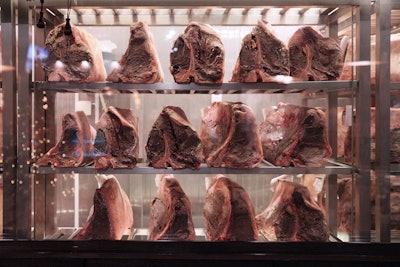 If your coolers or freezers aren’t storing your meat at the proper temperature you need to be confident that you’ll be alerted as soon as the problem arises.
If your coolers or freezers aren’t storing your meat at the proper temperature you need to be confident that you’ll be alerted as soon as the problem arises. 24/7 Alerts
Any monitoring solution is limited in effectiveness if you can’t respond to adverse events in time to avoid spoilage of perishable food. You need a system in place that can send alerts immediately (even during a power outage) so that authorized personnel can take action even if they’re in another location.
- You want a system that alerts you when temperature is out of range.
- Although text message and email alerts are informative, a direct phone call from a live agent is the BEST possible option during serious failures, enabling authorized personnel to intervene as soon as possible. When you’re dealing with freezers and coolers, this can mean the difference between a minor processing hiccup and a major incident that leads to thousands of dollars in wasted food.
- Make sure the product you choose is equipped with sensors that can handle the challenge of transmitting through stainless steel, concrete structures, and insulated cold-holding units.
Digital Checklists
Going digital with your checklists is the best way to ensure that employees perform all the tasks required of them and that they have access to all pertinent data. Among other benefits, digital checklists can be accessed from any Internet-connected device, whereas paper-based types cannot.
- A well-designed digital checklist system will make it a breeze to monitor and track daily tasks.
- Digital checklists allow you to reduce expenses associated with paper while simultaneously lowering your impact on the environment.
- Look for a system that incorporates a variety of checklists including operational, self-auditing, cleaning, front of the house, back of the house, temperature, time, and warming/cooling logs.
While a trained staff of professionals is a necessity in this industry, it’s not enough to help you stay compliant, efficient, and ahead of your competition. An automated temperature monitoring and electronic checklist system offers the modern meat processing plant a broad range of HACCP-compliant, money-saving benefits. Making a single investment now can make a world of difference tomorrow.
Tom Woodbury is a classically trained chef, media personality, and the Vice President of National Accounts with ComplianceMate, a cloud-based, food safety management system for HACCP compliance and temperature monitoring. ComplianceMate helps all types of food services businesses improve operational efficiency and meet safety compliance standards using powerful LoRaWAN sensors, 24/7 monitoring, Bluetooth capabilities, and more.






